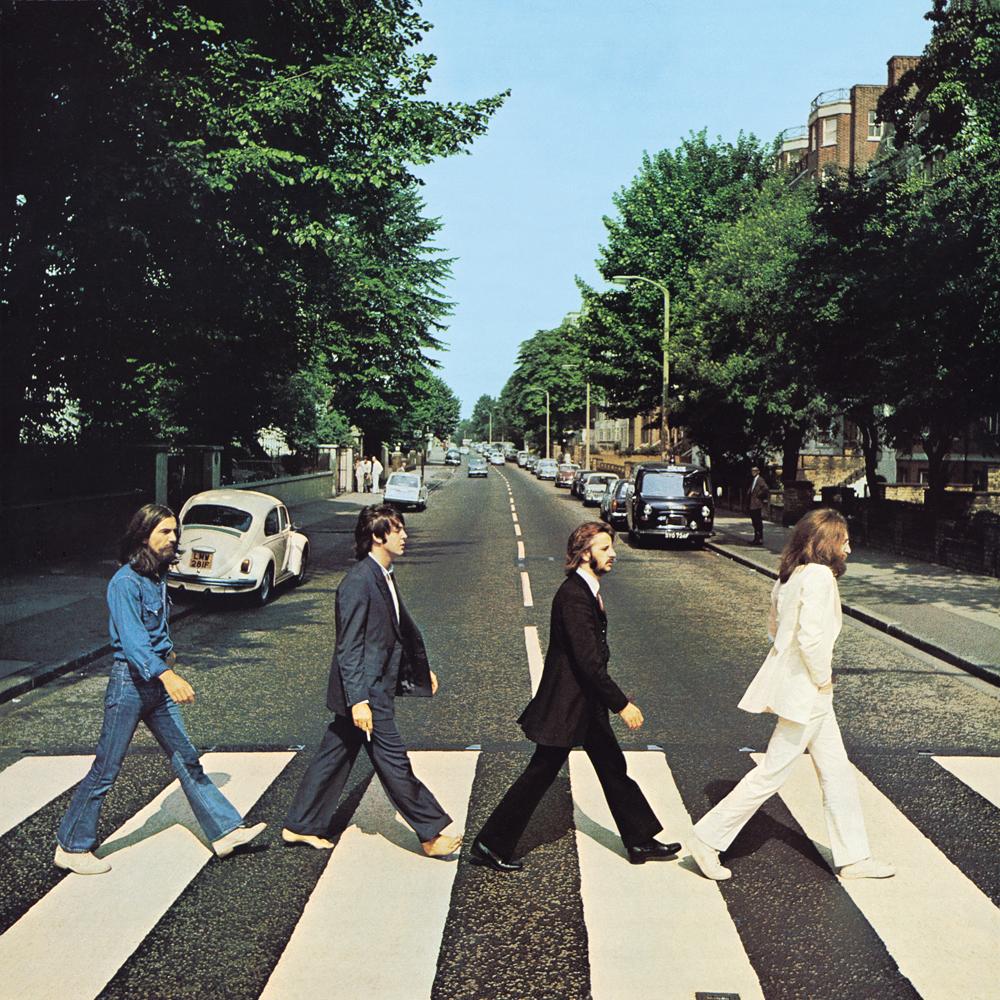My kids (10-, 6-year-olds) sometimes walk 1 km to school here in Germany, and it freaks me out. That’s because we Americans never let our kids out of an adult’s sight, and because I have no idea how far 1 km1 is. German kids here walk or ride their bikes and scooters to school, which must mean German parents think this is normal, or they need to be locked up.
I’m old, so I’ve forgotten that I used to walk to school myself. I grew up just north of 8 Mile Road in the Detroit area. My elementary school was only a couple of blocks away, so my siblings and I trudged there uphill in the snow against the wind with the sun in our eyes everyday, if memory serves.
In junior high, it got trickier. That school was a couple of miles as the crow flies, or as the kids run when they miss the bus. When my friend and I miss the bus, we would have to cross a busy 6-lane road called Groesbeck; trespass through the exploding chemical plant; jump a wide, wet ditch; climb through railroad cars while avoiding the hobos, all without getting run over by the trains or losing our books. This was considered safer than asking our parents to bring us to school.
Groesbeck (M-97) has no median, traffic lights, or pedestrian crossings where we crossed, and the speed limit is “go at least 45 mph.” It was really a LARP game of Frogger (kids, it’s like Crossy Road for old people).
We got our training by crossing a 4-lane road called Schoenherr2 to a local grocery store when we were younger. Kids in our neighborhood would be sent there for bread, milk, and other stuff that Uber or Amazon’s “I Want It Right Now” would deliver today. We went willingly because we would spend the change on pop and candy (we don’t have soda in Michigan).
We could have crossed Schoenherr by the traffic light, but that was a whole block away. The preferred method of crossing was running as fast as we could, getting scared, turning around and running back to confuse the drivers. (Yes, we had a lot of squirrels where we grew up. Why do you ask?).
This is exactly how my kids, who grew up playing in a cul-de-sac, crossed the street when they first tried it on their own here. (Have I mentioned this freaks me out?)
“Was mich nicht umbringt macht mich stärker.”3
—Friedrich Nietzsche
(That quote is not for my kids. It’s for me, about my kids.)
Living in Germany, we have a lot of opportunities to train our kids on how to cross streets safely. Like other Germans, they now wait for the “green man” before crossing, even if there is no traffic for miles. They know about pedestrian crosswalks, although I have to remind them to wait and make sure the cars stop. (If you want to show that you’re a rebel in Germany, cross the street on a red light. Or don’t separate your garbage.)

(photo credit: Iain Stewart Macmillan)
British citizens crossing responsibly, prior to leaving irrationally
There are no pedestrians in America today. The only people wandering about are dog-walkers, hard working people, and CEOs. It’s also possible that evolution has weeded out the slow pedestrians by now. It’s amazing there are still paths and sidewalks.
There is a great rails-to-trails path that starts in our town in Michigan. I run or ride my bike on this path all the time (I write that to make it sound like I’m in great shape). When it crosses a major street, it is clearly marked as a pedestrian crossing. I’ve never seen anyone stop for a pedestrian or biker on any of these crosswalks. I once stopped to let bicyclists cross at one of them, and promptly confused the bikers and the other drivers. I’m mildly shocked I was not thrown into prison for my audacity.
Michigan does not a have a state law regarding pedestrian crosswalks. There is a rule (R 28.1313 Rule 313) about crosswalks in something called the Michigan Uniform Traffic Code (MUTC) that municipalities are encouraged to adopt, but it is not mandatory. This creates an inconsistency in the pedestrian-driver interaction.
Inside of boutique towns and cities like Milford, Birmingham, or Royal Oak, most drivers notice the “It’s the Law!” signs by the well-marked crosswalks and actually stop for pedestrians.
In more urban cities like Troy or Detroit, there are no pedestrians so drivers can concentrate on using their cell phones as they weave down the road.
In the few touristy towns in Michigan like Suttons Bay or Saugatuck, there are only drivers looking for parking spaces, and shoppers trying to remember where they parked.
In university towns like Ann Arbor, students dare drivers to hit them, and drivers really, really, really want to. One Friday afternoon I once watched a young woman cross a busy intersection diagonally—Liberty and Division, if you must know—while looking at her phone. Strangely, none of the drivers honked their horns. They just passive-aggresively revved their engines at her.
I’m hoping that when we return the the United States, my kids will have more sense than I ever had and will be able to cross a street safely. If I ever let them wander that far away from our house alone, that is. I’m thinking GPS implants. Maybe tracking collars? Find My iKid app? Community college? ![]()
Crankiness Rating: ![]()
![]()
![]()
![]()
![]()
![]()
![]()
![]()
![]()
![]()
![]()
Make America Walk Again! or: How I Learned to Stop Worrying and … no, no … I’m still worrying. I’ve very, very worried.
